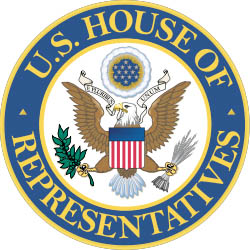
Do we need performance specs for GNSS user equipment design? For a long time, the signal-in-space interface guidelines provided enough technical guidance. But times have changed.
Over the past two years, the effort by LightSquared to persuade the FCC to allow it to operate high-powered terrestrial transmitters in frequencies adjacent to GPS focused attention on potential vulnerabilities of GNSS user equipment.
Do we need performance specs for GNSS user equipment design? For a long time, the signal-in-space interface guidelines provided enough technical guidance. But times have changed.
Over the past two years, the effort by LightSquared to persuade the FCC to allow it to operate high-powered terrestrial transmitters in frequencies adjacent to GPS focused attention on potential vulnerabilities of GNSS user equipment.
As with the ultrawideband (UWB) controversy in 2001-2, the LightSquared initiative appears to have been redirected further away from GNSS bands, but discussion about receiver standards continue.
On Tuesday, January 22, three speakers with a long involvement with GNSS standard setting will present a free web seminar on the subject of GNSS performance standards and certification sponsored by Inside GNSS and Spirent.
The speakers are:
- Jules McNeff, of Overlook Systems Technologies, who has a deep and lengthy background in GPS program operation and policy from within the U.S. Defense community. He is the author of the May 2012 Inside GNSS article on "GPS Receiver Testing. "
- The MITRE Corporations’ Chris Hegarty, who played an instrumental role in selecting the frequency for the GPS third civil signal. He is the author, most recently, of a March 2012 essay on GNSS modernization for the Inside GNSS Thought Leadership series.
- Ron Borsato of Spirent, who was a technical advisor to the cellular sub-team of the LightSquared technical working group.He is coauthor of the November 2012 Inside GNSS article on evaluation methods for 4G devices, "LTE, Positioning and the Implications for GNSS Over-the-Air Testing."
Aerospace engineering professor Demoz Gebre-Egziabher will moderate. His recent research focuses on multi-sensor options for environments where GNSS is insufficient.
The free event is sponsored by Inside GNSS and Spirent.
Find out more about the live event and register online here.




